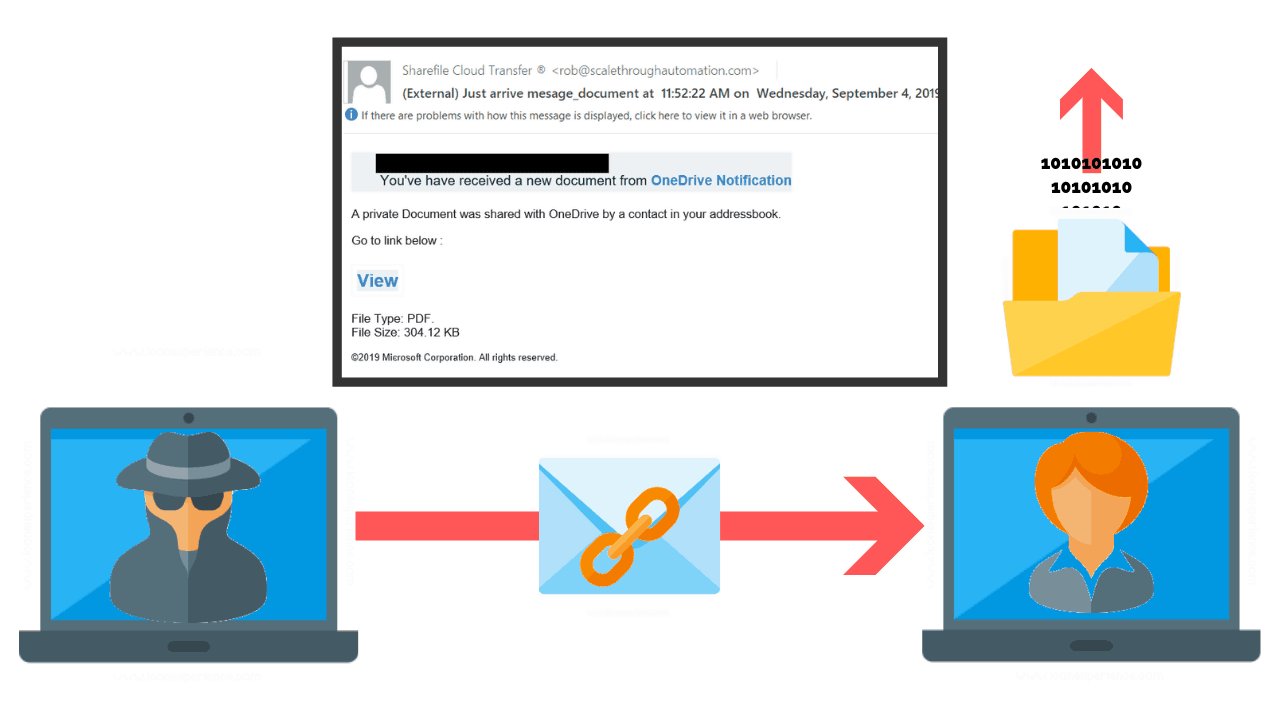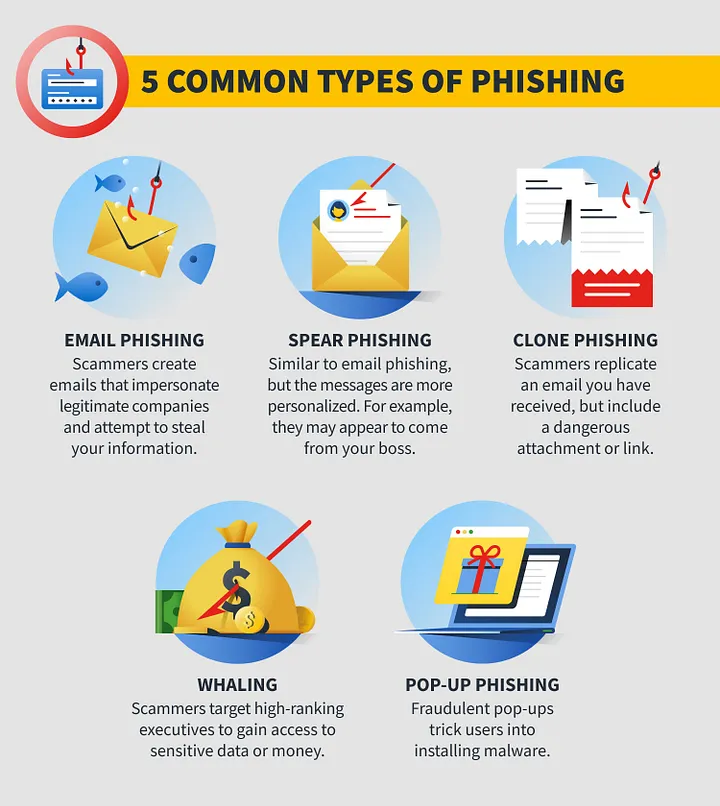Cybercriminals continue to grow and exploit communication mediums like voicemails, messages, emails, and more as organizations majorly rely on these channels.
Table of Contents
TogglePhishing is the most common subtype of cybercrime, where criminals send spam messages that seem to be from reliable sources with the intent of redirecting employees of an organization to spam landing pages. Earlier, the medium of phishing was limited to text messages, but with advancements in artificial intelligence, additional mediums like emails, social media, calling, etc., are used to carry out phishing.
Book a Free Demo Call with Our People Security Expert
Enter your details
Fortunately, organizations can protect themselves against phishing attacks or attempts by staying updated with the latest techniques and tactics. To mitigate such risks, these businesses must know the different types of phishing attacks and the mediums they use.
Types of Phishing Attacks
Before understanding preventive measures to avoid phishing attacks, organizations must be aware of the four most common types of these attacks in 2024.
-
Email Phishing
This is the most common type of phishing attack. Cybercriminals send emails with a fake domain of a popular trusted platform and manipulate employees into giving their login credentials.
51% of these phishing attacks are in the name of popular brands.

-
QR Code Phishing
Cybercriminals use QR codes and encourage users to browse a link with a quick scan, which redirects them to malicious websites. It is a more creative way to carry out phishing attempts.
Learn more: How to prevent QR code Phishing
-
Vishing
The term itself is a combination of “voice” and “phishing,” which aptly describes the tactic employed by scammers. Unlike traditional phishing attacks that rely on fake websites or emails, vishing involves the use of telephonic services to deceive individuals into revealing personal and confidential information.
Read a Brief Guide on Vishing Attack
-
Smishing
Smishing, short for SMS phishing, is a fraudulent technique where threat actors send fake text messages to trick individuals into downloading harmful software, revealing confidential info, or transferring funds to cybercriminals.
DBIR report 2023 found that around 98% of phishing cases are due to sheer negligence
This study made preventing phishing attacks more possible as employees can be made aware of tips to implement to avoid falling for cybercrime traps.

Strategies For Protection From Phishing Attacks
Cybersecurity Awareness
One can’t avoid being a victim of cybercrime if they are not well-updated with cybersecurity trends, predictions, and threats prevailing in the market. The earlier you know about threats and mediums of attack, the more careful you’ll be with your organization’s data.
Strict Password Sharing & Setting Rules
CISOs must introduce a set of standard procedures for password sharing, making it highly difficult for cybercriminals to obtain passwords.
A generic but utmost important rule for password setting, such as using a unique password for every platform, using complex signs in passwords, and practicing password rotations, aids in making it difficult for attackers to decode the password.
Organize Awareness Training for Employees
Leveraging phishing simulations and people security awareness training you can transform your employees from weak links of the company into valuable assets in the security domain.
Stay Updated: Read our guide on Cybersecurity Predictions for 2024: Emerging Trends and Threats.
Phishing Incident Response Solution
When phishing incident response is implemented in an organization, staff members are empowered to report suspicious emails and help ensure the organization’s safety.
To reduce the possibility of a data breach in the organization, the SOC team analyzes each reported email to determine whether to remove it or quarantine it. The reporting employee is updated on the complaint after the verification process is finished. The use of phishing incident response helps in reducing the attack’s initial spread.
Summing Up
After falling for phishing attacks, it is essential to take timely action to minimize the damage caused. These strategies, if implemented, will not only safeguard your organization from phishing attacks but will also help create an environment in your organization where employees are proactive about reporting cyber threats.
Do let us know if you’ve more strategies to add on how to prevent phishing attacks in the comments.

Technical Content Writer at Threatcop
Ritu Yadav is a seasoned Technical Content Writer at Threatcop, leveraging her extensive experience as a former journalist with leading media organizations. Her expertise bridges the worlds of in-depth research on cybersecurity, delivering informative and engaging content.
Technical Content Writer at Threatcop Ritu Yadav is a seasoned Technical Content Writer at Threatcop, leveraging her extensive experience as a former journalist with leading media organizations. Her expertise bridges the worlds of in-depth research on cybersecurity, delivering informative and engaging content.
